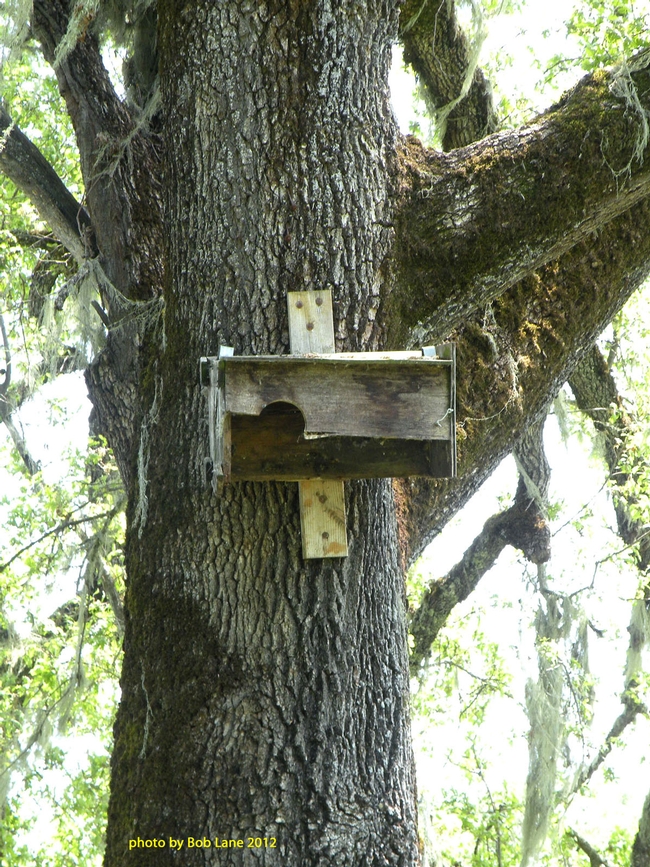The Barn Owl (Tyto alba) is one of the most widely distributed bird species in the world, occurring on all continents except for Antarctica. (Tyto is Greek for owl) It has also been introduced to many islands throughout the world including the Hawaiian Islands and the Seychelles Islands. In the Americas is is found throughout the lower 48 US states, Central America, and all of South America.
Known for its predatory skills at nabbing rodents, in many places the agricultural communities place nest boxes in hopes that an increase in the barn owl population will help to control rodent populations. Whether this really works or not is debatable, but in any case, due to a loss in natural large cavities for roosting and nesting, the placement of artificial nest boxes certainly helps the barn owls out. In our area, many of the large California White Oaks (Valley oaks) from the valley floors have been removed over time ...and these were a major source of large cavities used by these birds and others.
Several barn owl boxes are located at the UC Hopland Research & Extension Center ...and due the old age of one, the bottom fell out of it from an accumulation of weight over time. Fortunately Dr. Robert Lane, a long-time HREC researcher, discovered the two half-grown birds on the ground. We quickly built a new nest box and placed it adjacent to the old one, complete with the two feisty youngsters. The parents, who appreciated the lending hand, quickly resumed feeding and care-taking the lucky youngsters the following night.

